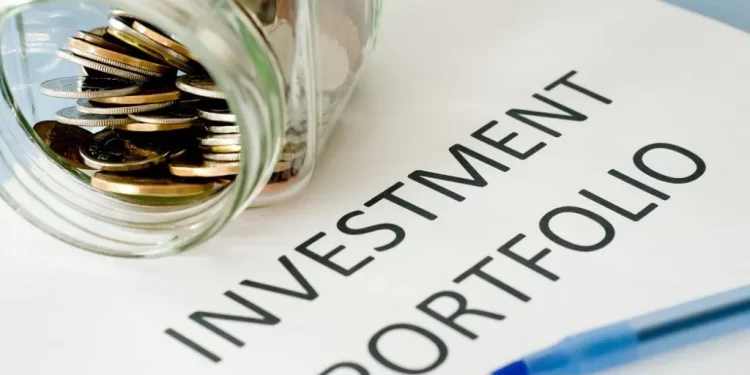Whenever you are dressing up for an occasion, you want to ensure each piece of clothing you wear spices up your look. Whether it’s the tie, socks, or any jewellery. That’s where fashion designers make money from. They know how to mix colours, patterns, and ornaments for you to look amazing.
On the other hand, chefs can cook delicious meals by mixing different ingredients and making finger-licking good delicacies.
Similarly, as an investor, if you want the best out of your investments, you must craft your portfolio, paying attention to some critical factors.
In this article, we discuss some of those factors and also other considerations that you should make when building your portfolio.
In this article
Factors That You Should Consider When Building Your Portfolio
AGE
Young people, who are just starting their careers, can take up more risk in their portfolio than older people approaching retirement. This is because they have a lot of earning years ahead of them. They can hence recover any losses before they approach retirement.
On the contrary, people approaching retirement should be very conservative in their portfolios. They have very few years remaining to make more money from their jobs. Hence if they lost a big chunk of their investments, they would have no source of income in their retirement. They would then be forced to depend on their families or well-wishers to meet their daily needs in retirement.
Risk Appetite
There are two kinds of investors; risk averse and risk-tolerant. Risk-averse describes the investor who chooses the preservation of capital over the potential for higher- than – average return. Being risk averse implies investing in asset classes where you have little chance of losing your money.
On the other hand, Risk tolerance implies that your financial situation can tolerate risks even though you don’t necessarily go seeking it. This means you are comfortable losing your capital in pursuit of higher gains.
Knowing and understanding the kind of investor you are based on your risk appetite is essential. You can do a quick test online to determine if you are an aggressive, moderate or conservative investor.
Warren Buffett“Unless you can watch your stock holdings decline by 50% without becoming panic – stricken, you should not be in the stock market.”
Financial Goals
Often, people try to mirror the portfolios of other famous investors, friends, work colleagues or even family members. What they fail to understand is that people have different financial goals. Hence, one should adjust their portfolio based on their financial goals, not on what others have on their portfolios.
Features of A Good Porfolio
Well Diversified
They say that Diversification is the only free lunch in investing, and for a good reason.
You can only preserve your wealth by diversifying into different asset classes. So that in case one asset crashes or isn’t doing well, you can counterbalance those losses with other assets in your portfolio. The importance of Diversification cannot be overemphasized.
As Jason Zweig writes,
“Whenever people start questioning the value of diversification-overconcentration and overconfidence must be on the rise, and the risk of being under diversified is likely to materialize.”
Remember, Diversification doesn’t depend on how many investments you have. It depends on how different your investments are from each other.
Like I recently wrote, however, when getting started with investing, concentration and not Diversification will help you build wealth when you have little money invested. Or simply put concentration helps you build wealth, while Diversification enables you to preserve wealth.
As Warren Buffett says,
“Diversification is a protection against ignorance. It makes very little sense for those who know what they are doing. Wide Diversification is only required when investors do not understand what they are doing.”
Liquidity
Liquidity is how quickly you can convert an asset into cash. A good portfolio should be both solid and liquid. That means it should have assets that can easily be converted into cash when needed. These assets are like Money Market Funds.
If your portfolio only has parcels of land and property, you may face liquidity issues in the future since it’s not that easy to sell a parcel of land or a piece of property.
And as Jason Zweig famously wrote in the Little Book of Safe Money,
“No matter how valuable an investment may be, it is of no practical value to you unless it’s liquid when you need to cash out. Just as travelers die in the wilderness without water, investors perish if they have no liquidity.”
Cash is King
One of the things that people struggle dealing with in their portfolios is the cash proportion. Cash is the money you have in your bank account to meet your daily expenses or bounce on investment opportunities that you anticipate to occur in the near future.
Cash is the most fundamental building block of a portfolio. This is because if you ever run out of cash, your assets are in danger of being sold so that you can meet your cash demands.
That’s why cash flow is essential. You don’t want to be wealthy, yet you can’t pay your rent since all your wealth is in solid assets. You have no cash with you.
Final Thoughts
An investment portfolio is like a class of students. No matter how hard you try to rebalance, if your class is well diversified, some students(investments) will always perform better than others. The right portfolio is the one you can stick with to help you achieve your goals.




